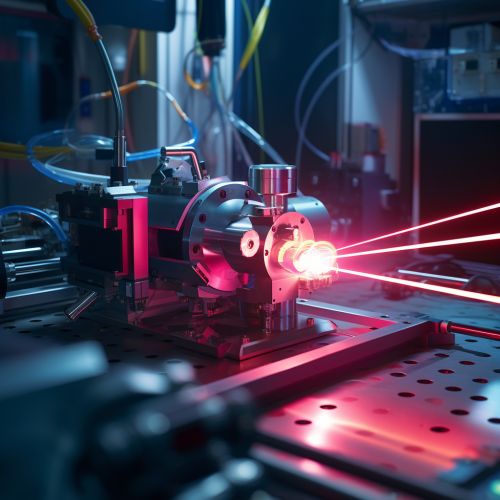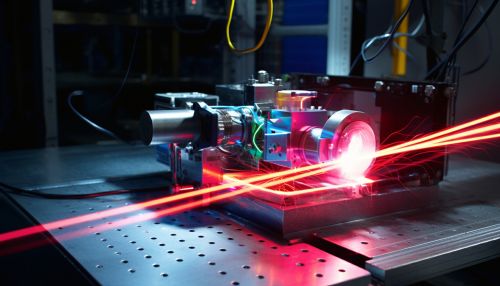The Physics of Ultrafast Laser Pulses and Their Applications
Introduction
Ultrafast laser pulses are a key component in the field of ultrafast optics, which involves the generation and application of light pulses on the order of a picosecond (10^-12 seconds) or shorter. These extremely short pulses of light are used in a wide range of applications, from fundamental research in physics and chemistry to practical applications in medicine and telecommunications.
Physics of Ultrafast Laser Pulses
Ultrafast laser pulses are generated by a process known as mode-locking, where a laser is made to emit light in a series of coherent pulses rather than a continuous wave. The physics behind this process involves a combination of nonlinear optical effects and the properties of the laser medium itself.
Generation of Ultrafast Pulses
The generation of ultrafast laser pulses begins with a continuous wave laser, which emits light at a constant intensity. This light is then passed through a nonlinear optical medium, which changes the phase of the light in response to its intensity. This phase change leads to the formation of a pulse of light, which is then amplified and shaped by the laser medium.
The duration of the pulse is determined by the properties of the laser medium and the nonlinear optical medium. In general, shorter pulses can be achieved by using a medium with a larger nonlinear response and a laser medium with a wider gain bandwidth.
Propagation of Ultrafast Pulses
Once generated, ultrafast laser pulses propagate through space as a wave packet, with the pulse shape and duration changing as a result of dispersion and nonlinear effects. Dispersion causes different frequencies within the pulse to travel at different speeds, leading to a broadening of the pulse. Nonlinear effects, on the other hand, can lead to a change in the pulse shape or the generation of new frequencies.


Applications of Ultrafast Laser Pulses
Ultrafast laser pulses have a wide range of applications, from fundamental research to practical applications in various fields.
Research Applications
In research, ultrafast laser pulses are used to study ultrafast phenomena in physics and chemistry. For example, they can be used to probe the dynamics of electrons in atoms and molecules, or to study chemical reactions on the femtosecond (10^-15 seconds) timescale.
Ultrafast laser pulses are also used in the field of attosecond physics, which involves the study of processes that occur on the attosecond (10^-18 seconds) timescale. This includes processes such as electron dynamics in atoms and molecules, and the interaction of light with matter.
Practical Applications
In practical applications, ultrafast laser pulses are used in a variety of fields. In medicine, for example, they are used in laser surgery and optical coherence tomography, a technique used to obtain high-resolution images of biological tissue.
In telecommunications, ultrafast laser pulses are used in optical fiber communication systems, where they allow for the transmission of data at high speeds over long distances.
